Longleaf Pine
$34.50 Original price was: $34.50.$24.15Current price is: $24.15.
- Free Shipping over $25
- Fast & reliable delivery options
- Enjoy top quality items for less
- Multiple safe payment methods

Pine trees are among the most attractive of evergreens – and indeed of trees generally. With their long, thin needles in bunches circling the branches, they are very different from many other evergreens, with short, spiny leaves, or leaves that wrap around the stems. They cast a light shade, ideal for gardening underneath, and they have a unique elegance and affinity with Asian-styled gardens too.
Of all the many species of pine trees, one of the most unique and handsome is the Longleaf Pine, an American native plant, and an important part of the ecology of the south-east. So handsome is this tree, that developers try to preserve it as a gift to new home owners, rather than clear-cut the lot, as is common with other, less desirable trees.
Growing Longleaf Pine Trees
Although not seen very often in landscapes, this tree is a wonderful and interesting garden specimen. Not only is it fast-growing once established, it is drought-resistant too. The silvery winter buds are an attractive feature, and so are the large cones produced on more mature trees. But it is the long needles, so long they give a weeping effect to the tree, that give it great character and charm as an ornamental tree.
With the trend towards growing native plants, rather than exotic species from other countries, the Longleaf Pine is a great tree to start restoring some of our lost ecological heritage. With its open crown, quite a bit of light passes through it to the ground, compared to most other trees, especially most evergreens, which tend to be dense and throw deep shade. This means you can grow other plants beneath it, and develop an interesting garden in its dappled shade.
Size and Appearance
The Longleaf Pine is unique for it very long needles, which are always at least 8 inches long, and in mature trees approach 18 inches in length. There are 2, or occasionally 3 needles in each small bundle, and these spiral around the end of the stem. Because of the length of the needles, the crown has a very special, almost weeping appearance, with those long needles arching over, and fluttering in the slightest breeze. A mature tree may be 80 feet tall, or even higher, but garden trees are normally mature between 20 or 50 feet tall and 10 to 20 feet wide.
When surrounded by other trees, the Longleaf Pine forms a tall, clean trunk, with a conical crown of leaves on top. Trees grown in the open will keep their lower branches for many years, and be broader too. The trunk has attractive, rough-textured dark-brown bark, split into large ‘plates’, with deep furrows between them. Younger stems are smoother, and a red-brown color. The winter buds are unique – they are about 2 inches tall, and covered with silver hairs, creating a decorative effect through the winter months. Older trees will produce large cones, which take two years to mature. These are cylindrical, and between 6 and 10 inches long.
Planting Location
The Longleaf Pine grows well in most kinds of soil, including both sandy and clay soils, and in slightly alkaline or acidic soils too. It of course thrives in ordinary garden loam soils, and once established this is a drought-resistant tree. It is also resistant to salt spray, so it grows well on the coast, as well as near highways that may be salted in winter. After a few years to become established, your Longleaf Pine tree will grow rapidly, adding as much as two feet of growth every year. It won’t be long before it has real stature in your garden.
History and Origins of the Longleaf Pine
Two hundred years ago the Longleaf Pine covered an area of the south-east as large as the state of California; it formed a forest from Virginia to Florida, and west through Alabama into Texas. It was a valuable tree, both for its lumber, and to produce turpentine, which was taken from living trees by cutting into the bark and collecting the resin produced. Even the needles were used, for basket weaving. The timber was used for boat building, and was important for both trade and naval activities. Today old boards are restored and used for flooring in home renovations.
Because of all this cutting, and because pigs released in the woods to feed would eat young seedling pines too, today only 3% of that original forest remains. The US Forestry Service and other conservation authorities are working to restore the pine forests, and you can do you part for our environment, and enjoy a beautiful tree in your yard, by planting a Longleaf Pine. You can have the thrill of watching it mature into a grand specimen. Our trees are grown from seed collected from carefully selected specimens of mature trees, so they have all the genetic diversity of the species intact.
Its scientific name is an interesting story; ‘Palustris’ means ‘of marshes’, but of course this tree grows on open, well-drained soil, not in marshes at all. The botanist who named it happened to find it growing in water, because the land was flooded at the time, and the rules of botany say the name must remain the same. This tree is greatly loved, but rarely available for gardeners to plant. So our limited stock of quality plants will soon be sold. Order now, and bring beauty to your garden, while doing your part for the environment.
Be the first to review “Longleaf Pine” Cancel reply
Related products
Evergreen Trees
Evergreen Trees
Evergreen Trees
Cypress Trees
Arborvitae Trees
Evergreen Trees
Evergreen Trees
Evergreen Trees



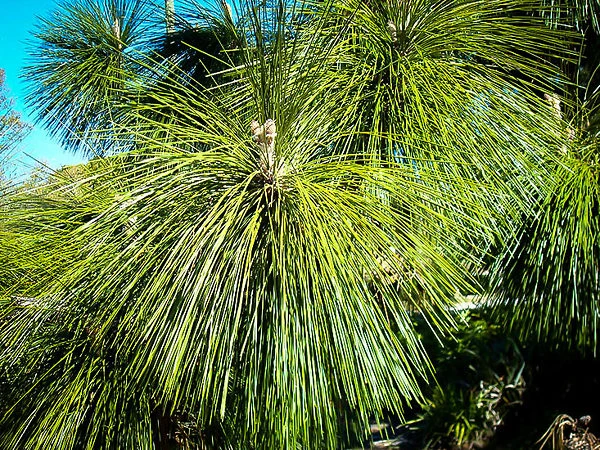
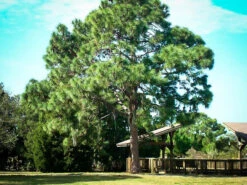
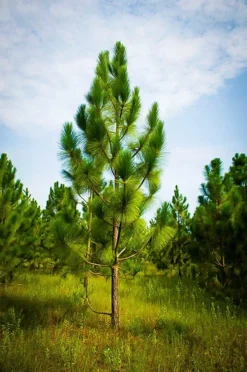
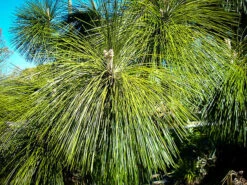
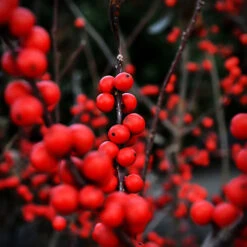

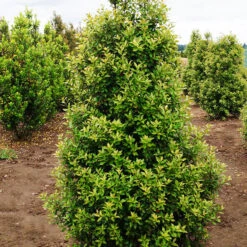

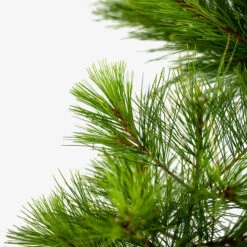
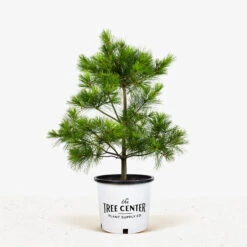
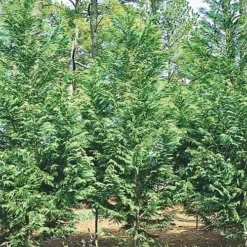

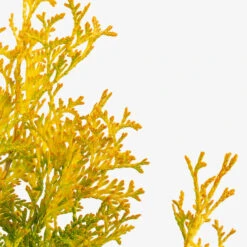
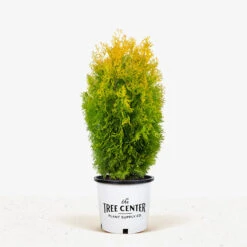
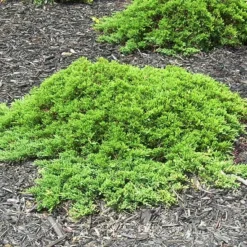
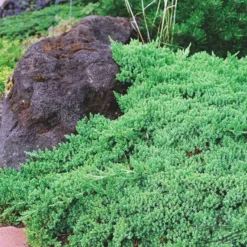




Reviews
There are no reviews yet.